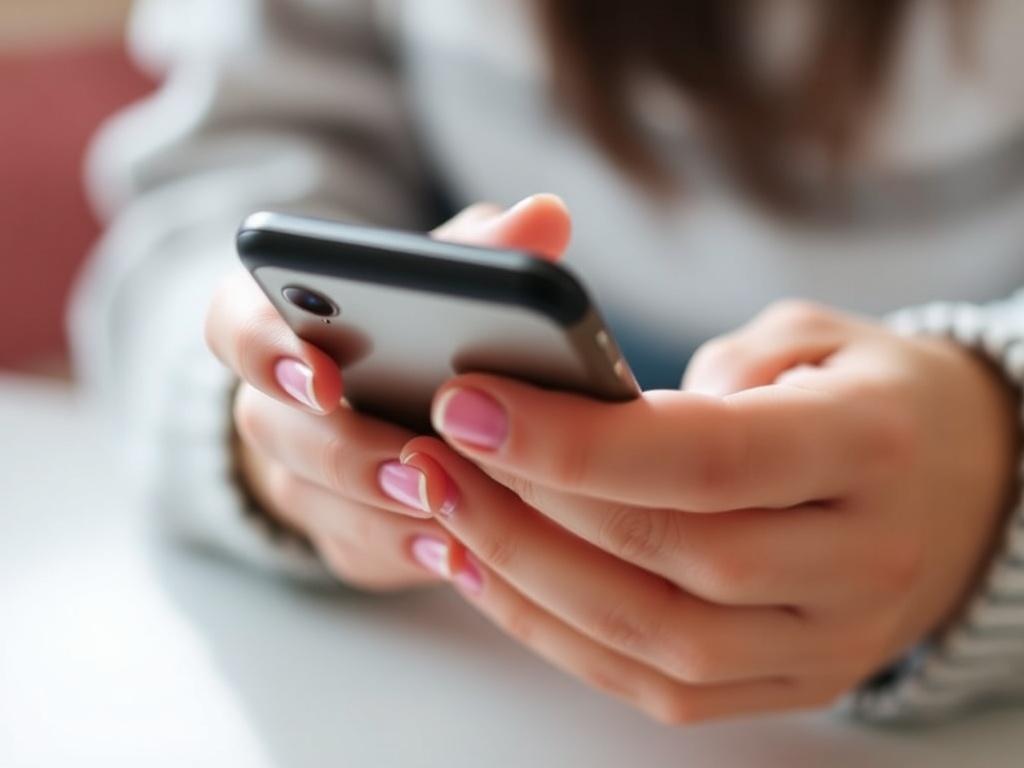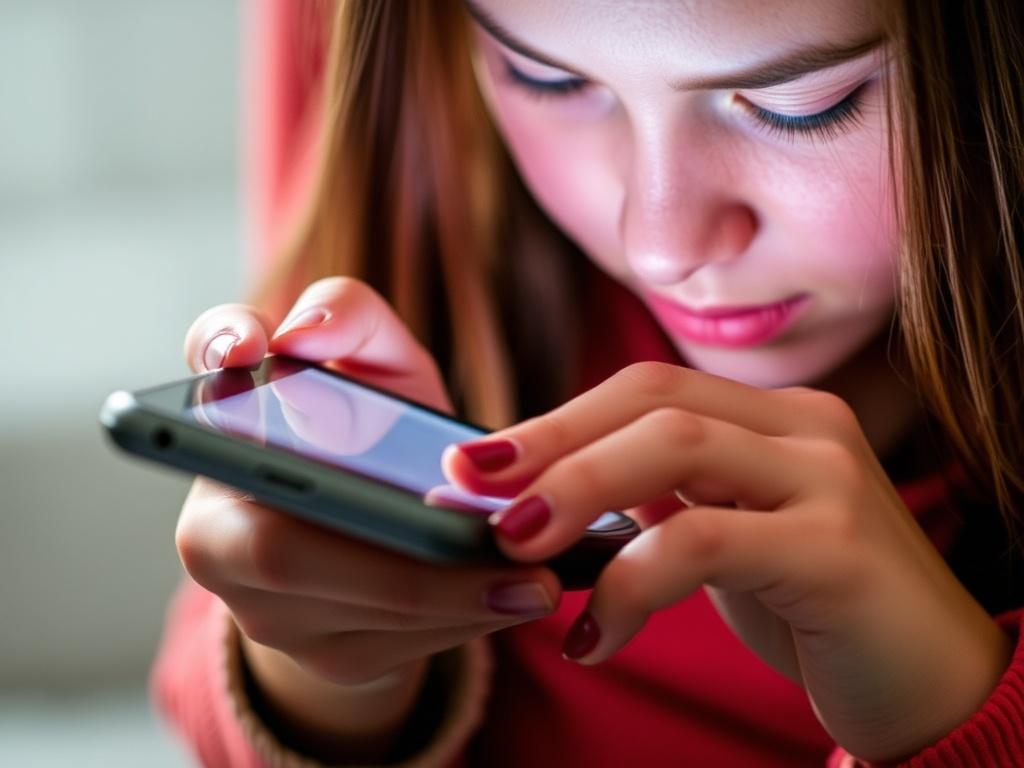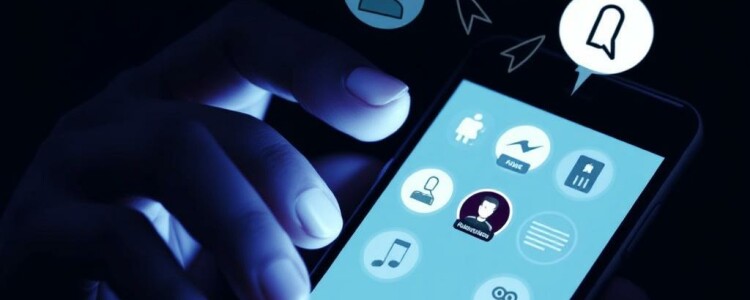In today’s fast-paced digital world, smartphones have become an essential part of everyday life. Whether it’s staying connected with friends and family, managing work tasks, or simply passing time with entertainment, smartphones offer a world of convenience. However, this convenience can easily turn into a compulsion, leading to what many experts call smartphone addiction. If you find yourself endlessly scrolling through social media, constantly checking notifications, or feeling anxious without your device, you might be experiencing more than just casual use. Understanding the signs of smartphone addiction and implementing effective solutions is crucial to reclaiming balance in your life.
Smartphone addiction isn’t just about spending a lot of time on your device; it’s about how that usage affects your daily living, mental health, and relationships. With the rise of addictive apps and technologies designed to capture our attention, many people have unknowingly fallen into patterns of excessive use. Recognizing these patterns early can help you take meaningful steps to reduce dependence. Over the course of this article, we will explore the defining signs of smartphone addiction, delve into psychological and social impacts, and provide actionable solutions to overcome it. Whether you’re concerned about yourself or a loved one, these insights aim to offer hope and practical guidance.
What Is Smartphone Addiction?
Smartphone addiction is often described as a behavioral addiction where an individual becomes excessively attached to their smartphone, exhibiting compulsive usage patterns despite negative consequences. Unlike substance addiction, smartphone addiction revolves around digital interaction and the lure of constant connectivity. It can be hard to pinpoint because smartphones are versatile tools—we use them for communication, work, entertainment, and more. This multifaceted use blurs the line between productive behavior and addictive habits.
One key characteristic of smartphone addiction is the inability to limit usage despite wanting to cut back. Many users find themselves reaching for their phone reflexively, often without any particular purpose. This creates a cycle where time spent on the phone escalates, sometimes at the expense of sleep, productivity, or social interactions. Psychologists liken this to other addictive behaviors because the brain’s reward centers are stimulated by notifications, social validation, and immersive content. This constant stimulation feeds addiction by increasing dopamine release, the chemical associated with pleasure.
Common Signs of Smartphone Addiction
Identifying smartphone addiction begins by observing behaviors that indicate unhealthy usage. These signs are powerful indicators that the relationship with your device may be problematic. The following list highlights some common symptoms:
- Compulsive Checking: Feeling the need to check your phone repeatedly, even when there are no new notifications.
- Lost Time: Spending hours on your phone without realizing it or losing track of time.
- Neglecting Responsibilities: Ignoring work, studies, or household duties because of phone use.
- Social Withdrawal: Preferring virtual interactions to face-to-face conversations, leading to isolation.
- Withdrawal Symptoms: Feeling anxious, restless, or irritable when unable to access your phone.
- Sleep Disturbances: Using your phone late at night, which affects your sleep quality and duration.
- Using Phone to Escape: Turning to your phone to avoid uncomfortable emotions or real-life problems.
These signs often occur together and can severely impact your physical and emotional well-being over time. Recognizing them is the first step toward making positive changes.
Why Are Smartphones So Addictive?

It’s no accident that smartphones are designed to be addictive. Tech companies invest heavily in creating apps and features that capture and maintain our attention. Understanding why smartphones trigger addictive behaviors can empower you to resist their pull more effectively.
The Role of Design and Technology
Smartphone apps use psychological tactics rooted in behavioral science. Features like infinite scrolling and push notifications are engineered to keep users engaged continually. When you receive a “like” on social media or a message, your brain receives a small hit of dopamine, reinforcing the behavior. Over time, this leads to a craving for that pleasurable response, encouraging more frequent phone use.
Additionally, the fear of missing out (commonly known as FOMO) exacerbates addiction. People feel compelled to stay connected so they don’t miss important updates or trending topics. This emotional response makes it harder to put the phone down, even when it interrupts real-life moments or responsibilities.
The Psychological Impact
Beyond the design of smartphones, addiction feeds on natural human tendencies. People have an inherent desire for social connection, validation, and entertainment—all of which are abundantly available on smartphones. However, excessive phone use can lead to anxiety, depression, and lower self-esteem, creating a vicious cycle where users seek more online interaction for comfort.
Research also shows that multitasking on smartphones can impair focus and memory, making it difficult to complete tasks efficiently. This can further increase stress levels and feelings of being overwhelmed, contributing to addictive patterns as users turn to their phones to decompress.
Effects of Smartphone Addiction on Daily Life
Smartphone addiction can affect nearly every aspect of your life, from mental health to physical well-being. Understanding these effects can motivate you to take action.
| Area of Life | Negative Effects of Smartphone Addiction |
|---|---|
| Mental Health | Increased anxiety, depression, stress, and reduced ability to concentrate |
| Sleep | Disrupted sleep patterns due to screen time before bed leading to fatigue and poor cognitive function |
| Social Relationships | Weakened face-to-face interactions, feelings of loneliness, and misunderstandings in communication |
| Work and Productivity | Procrastination, reduced efficiency, errors, and missed deadlines |
| Physical Health | Eye strain, neck pain (tech neck), and reduced physical activity |
The long-term toll of smartphone addiction can be severe, but taking steps to control usage improves overall quality of life.
Practical Solutions to Overcome Smartphone Addiction

Breaking free from smartphone addiction involves a combination of self-awareness, behavioral change, and sometimes social support. Here are some effective strategies:
Set Usage Limits
One straightforward approach is to set daily time limits on your smartphone usage. Many devices now have built-in screen time trackers and alerts that can help you monitor and reduce excessive use. Consider limiting apps that are most tempting and distracting, such as social media or games.
Create Phone-Free Zones and Times
Establish certain areas or times when phone use is off-limits. For example, avoid phones during meals, in the bedroom, or during social gatherings. Creating phone-free zones encourages mindfulness and promotes healthier interpersonal connections.
Turn Off Non-Essential Notifications
Notifications are designed to grab your attention, often unnecessarily. Turning off or customizing notifications can reduce interruptions and the compulsion to check your phone.
Engage in Offline Activities
Filling your time with hobbies, physical exercise, or social events helps shift focus away from your device. Activities that are engaging and rewarding in real life can reduce the urge to escape into a smartphone.
Digital Detox Challenges
Try setting aside specific days or hours where you completely disconnect from digital devices. These digital detoxes can help reset your habits and demonstrate how life can improve without constant phone use.
Use Technology to Fight Technology
Ironically, several apps are designed to help manage screen time and reduce addiction. These apps track usage, block distracting sites during focus periods, and provide motivational reminders.
Seek Support When Needed
If smartphone addiction is severely impacting your life or mental health, don’t hesitate to seek help from professionals. Therapists and counselors experienced in behavioral addictions can offer personalized guidance.
Daily Habits to Promote Healthy Smartphone Use
Consistency is key when trying to overcome addiction. Incorporating these daily habits can foster responsible phone use:
- Start the Day Without Your Phone: Avoid reaching for your phone immediately upon waking to set a mindful tone.
- Schedule Phone-Free Breaks: Allocate specific times to check your phone, rather than constant access.
- Practice Mindfulness: Pay attention to how you feel when using your phone and when urges arise.
- Use Grayscale Mode: Changing your screen to black and white can make your phone less appealing.
- Charge Your Phone Outside the Bedroom: Reduce nighttime use by charging it in another room.
By embedding these habits into your routine, the grip of smartphone addiction can loosen over time.
Understanding the Balance: Technology as a Tool, Not a Master

It’s important to recognize that smartphones themselves aren’t inherently bad. They are powerful tools that, when used mindfully, can enhance education, communication, and creativity. The goal is to transform your relationship with your device from one of dependence to one of balance. Being intentional about when and how you use your phone empowers you to harness its benefits without falling prey to addiction.
Setting realistic expectations helps too. It’s unlikely that you’ll eliminate smartphone usage entirely—nor should you have to. Instead, focus on fostering habits that align with your values and priorities. Remember, like any habit, breaking free from smartphone addiction takes time, patience, and self-compassion.
Conclusion
Smartphone addiction is a growing concern that affects many people in subtle yet profound ways. Recognizing the signs—from compulsive checking to neglecting responsibilities—is critical for regaining control over your life. Understanding the psychological and technological factors behind this addiction sheds light on why it can be so challenging to resist. However, with practical solutions such as setting usage limits, creating phone-free zones, and embracing offline activities, it is possible to break free and restore a healthy balance. Remember, your smartphone is a tool designed to serve you, not the other way around. Taking conscious steps today will empower you to enjoy the benefits of technology without falling victim to its pitfalls, paving the way to a more focused, connected, and fulfilling life.




















